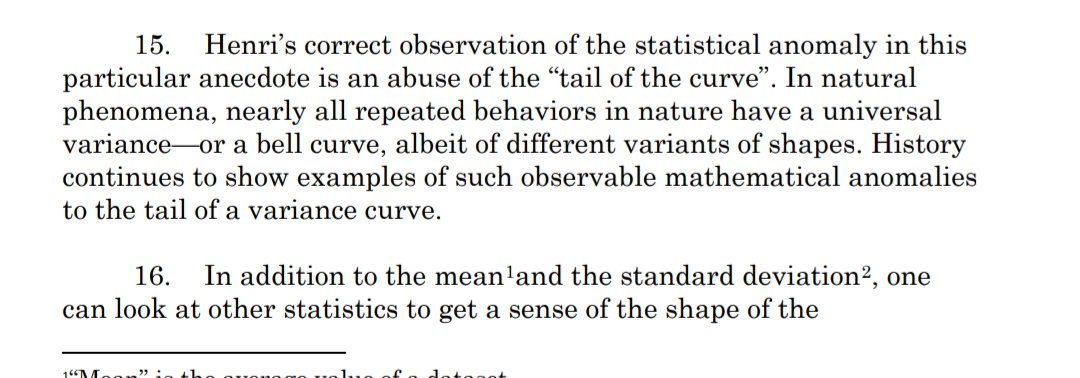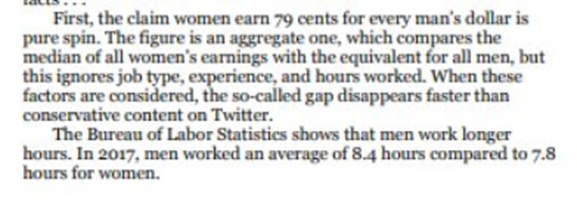
Once again, I have failed to construct parody arguments that would not be matched by the actual "evidence" entered into court. 


https://twitter.com/besttrousers/status/1326299847998251008



The argument is that (Biden 2020 vote - Clinton 2016) vote is not normally distributed, which suggests fraud.
But:
1.) There's no particular reason for it to be normally distributed. Not every phenomena is normally distributed.
2.) Eyeballing it, it *is* normally distributed.
But:
1.) There's no particular reason for it to be normally distributed. Not every phenomena is normally distributed.
2.) Eyeballing it, it *is* normally distributed.
Oh jeez, it seems likely the "weird outliers" are entirely the result of bad data cleaning.
For example, "Pleasant Ridge" was two precincts in 2016 (691 and 670 votes for Clinton, respectively), and one precinct in 2020 (such that "Precinct 1" had 1605 votes).
For example, "Pleasant Ridge" was two precincts in 2016 (691 and 670 votes for Clinton, respectively), and one precinct in 2020 (such that "Precinct 1" had 1605 votes).
@Motoconomist can you get this to Important People?
The third biggest outlier seems to be from
Nov, Precinct 2" where Biden increased his vote by 568 votes compared to Clinton.
Between 2016 and 2020, Novi went from 22 districts to 25.
Nov, Precinct 2" where Biden increased his vote by 568 votes compared to Clinton.
Between 2016 and 2020, Novi went from 22 districts to 25.
Anyways, this analysis fails to replicate and I'm not going to spend more Holiday Time on it. Testimony is here if someone else wants to: courtlistener.com/recap/gov.usco…
@tsle33 #appellatetwitter might find this interesting.
• • •
Missing some Tweet in this thread? You can try to
force a refresh









